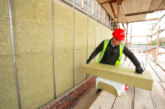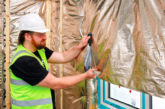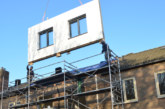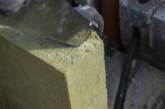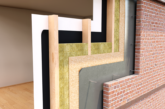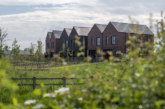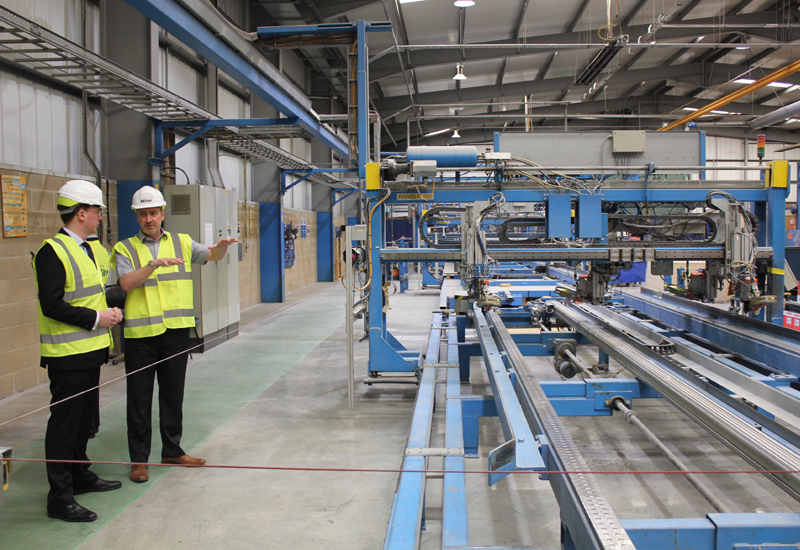
Mineral wool insulation manufacturer, Knauf Insulation, has launched a system to automate the installation of blown glass mineral wool during off-site manufacturing.
The new system, called Supafil Frame, has been designed to shave hours off the process of insulating modular homes. It blows un-bonded glass mineral wool into wall panels at the point of manufacture and can reduce the time it takes to create a single panel while limiting waste and improving quality.
Developed in conjunction with Stewart Milne Timber Systems, it saves off-site manufacturers time by removing the need to cut and install conventional rolled mineral wool or rigid board insulation in each panel. This makes the production process quicker while ensuring that there are no gaps in the insulation, which can significantly reduce performance.
The virgin glass mineral wool used in Knauf Insulation’s proprietary system has a Euroclass ‘reaction to fire’ rating of A1 non-combustible. The mineral wool can also be compressed by 72% – meaning it takes up a third of the space both in transit and storage compared to plastic based insulants.
Asif Dar, technical support team manager at Knauf Insulation, said: “The surge in popularity of modular construction is partly the result of the wider industry’s aim to plug the shortfall in the UK’s housing stock. But it relies on all of the processes being as efficient and quick as possible. We worked with Stewart Milne Timber Systems to implement a system that would reduce the time needed to install insulation, improve thermal, acoustic and fire performance and reduce waste.”
Supafil Frame has achieved a Gold rating for indoor air comfort from independent test body Eurofins. It has also been shortlisted in the Product Innovation category in this year’s Structural Timber Awards and Building Awards.
Stewart Dalgarno, director of product development at Stewart Milne Group, said: “We are really proud to be the first in the UK to invest in this innovative technology. We feel we are leading the way and are excited to see how it develops over the coming years.”

